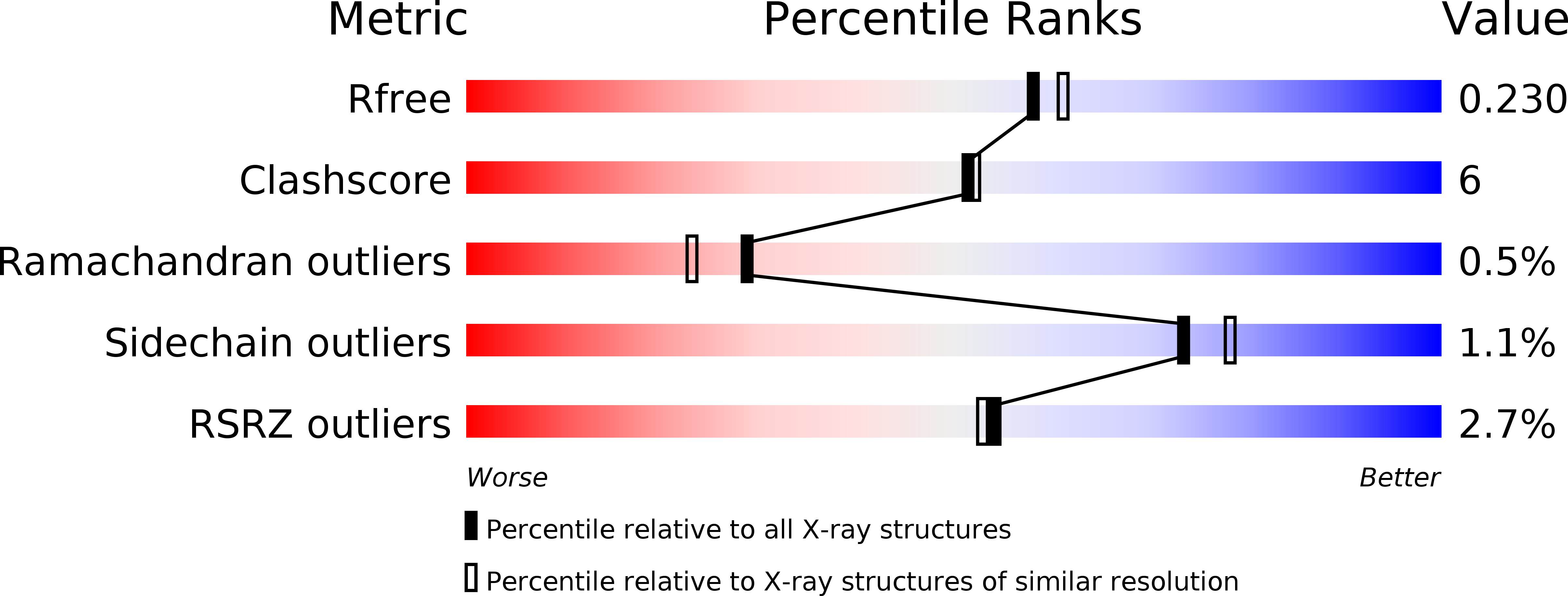
Deposition Date
2016-03-26
Release Date
2016-09-07
Last Version Date
2024-05-08
Entry Detail
PDB ID:
5J03
Keywords:
Title:
Crystal Structure of a chimeric Kv7.2 - Kv7.3 proximal C-terminal Domain in Complex with Calmodulin
Biological Source:
Source Organism:
Homo sapiens (Taxon ID: 9606)
Host Organism:
Method Details:
Experimental Method:
Resolution:
2.00 Å
R-Value Free:
0.22
R-Value Work:
0.17
R-Value Observed:
0.18
Space Group:
P 31 2 1


